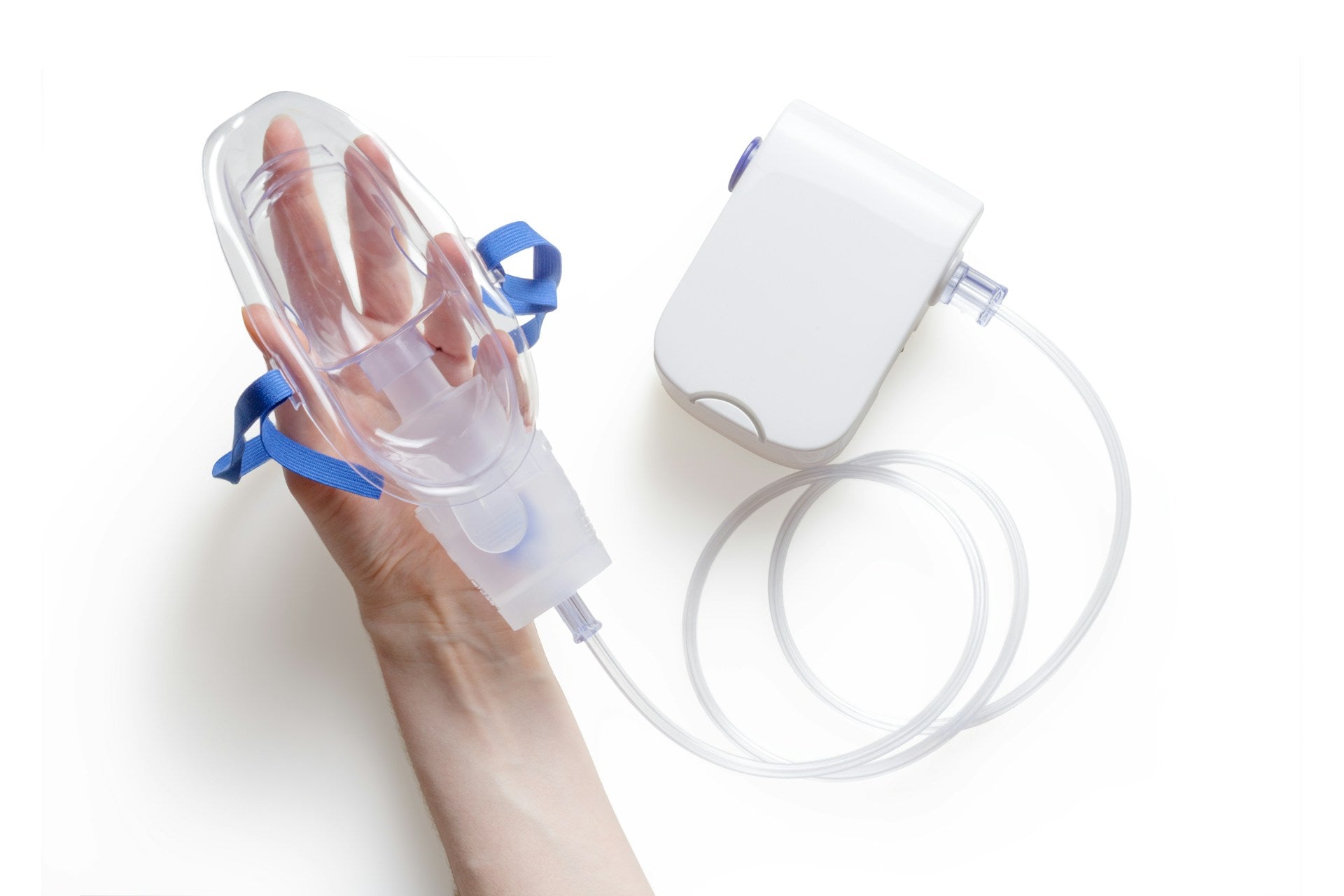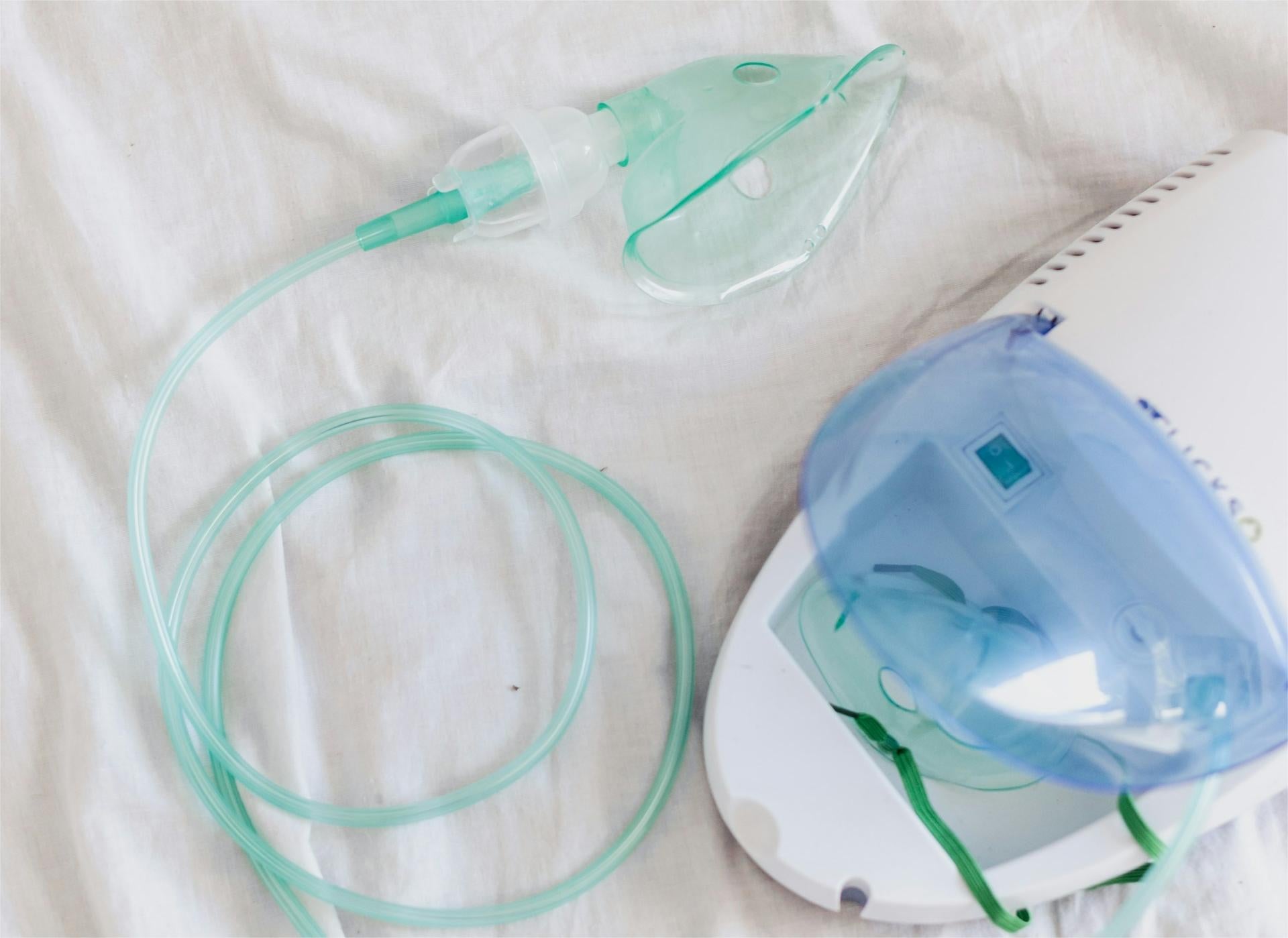Understanding Oxygen Therapy
Initiating a journey towards improved health and wellbeing requires informed decision-making. A critical component in that journey is supplemental oxygen therapy – an important medical intervention that assists with breathing and reduces strain on the heart.
While ongoing, oxygen therapy should not be viewed as an obstacle or hassle, but rather as a regular boost that our bodies fundamentally require to thrive. The wide-ranging benefits of consistent oxygen therapy include:
- Improved cardiopulmonary function
- Reduced risk of complications from respiratory diseases
- Decreased rates of hospitalization
- Increased ability to remain active and independent
- Potential to extend one's lifespan by years
The Vital Role of Oxygen Therapy
- Every single second, our bodies need oxygen to survive, function, and live life fully
- Oxygen therapy provides extra supplemental oxygen that our bodies inherently require
- Over time, regular oxygen therapy can lead to enhanced lung capacity, clearer thinking, mood improvements, increased energy, and major gains in overall health
Oxygen is life sustaining. Oxygen therapy should not be feared or avoided, but embraced as a natural and necessary component of treatment just like taking medicines to alleviate illness.

Candidates for Oxygen Therapy
Those with chronic respiratory conditions like COPD, pulmonary fibrosis, cystic fibrosis, lung cancer, chronic bronchitis or unexplained shortness of breath may benefit from supplemental oxygen therapy. Your doctor may prescribe an oxygen regimen if testing reveals low blood oxygen saturation levels (typically below 88%).
Some common symptoms or health events that could necessitate oxygen therapy include:
- Shortness of breath, even at rest
- Difficulty with physical activity
- Sleep disturbances from trouble breathing
- Impaired thinking or confusion
- Chest pains or tightness
- Headaches upon waking
- Unexplained fatigue, anxiety, or depression
- Frequent hospitalizations for lung problems
Consult your physician if you are experiencing any of the above on an ongoing basis. They can determine if oxygen therapy may be beneficial.

Home Oxygen Concentrators - The Foundation
The 5 liter home oxygen concentrator serves as the foundation for effective long-term oxygen therapy. These stationary units are considered essential for every client's health management plan. However, only medical-grade machines prescribed by a doctor qualify.
Legitimate oxygen concentrators provide:
- 90%+ oxygen concentration purity
- Reliable oxygen output across all flow settings, 24/7
- Adjustable liter flow rate to suit your needs
- Built-in safety alarms
Beware Non-Medical Devices: Many non-regulated consumer devices offer lower oxygen concentration, ranging from 30-90% purity. These units may be marketed as supplementary oxygen for fitness, altitude acclimatization, or fatigue relief. Importantly, such devices do NOT qualify as medical oxygen therapy – despite some misleading marketing – and are usually available at lower price points than legitimate concentrators. Avoid this common misunderstanding.
Consult your doctor and medical equipment supplier to acquire the right oxygen concentrator model for your therapy needs.
Portable Oxygen Concentrators - Freedom to Be Active
Portable oxygen concentrators are specialized devices that allow users to continue oxygen therapy while on-the-go. These portable units complement stationary home concentrators and provide the freedom to maintain oxygen flow outside the house when:
- Running errands
- Going shopping
- Dining out
- Participating in hobbies or social gatherings
- Exercising or going for walks
- Travelling for leisure or work
- Attending doctor appointments or receiving treatments
Portable concentrators run on battery power, concentrating oxygen from the surrounding air to deliver purified oxygen flow directly to the user.
Features to look for in a portable oxygen concentrator include:
- Lightweight under 10 pounds for carrying comfort
- Long battery life of 6+ hours for extended use
- Multiple flow settings to customize oxygen delivery
- Carrying case, cart, or backpack for ease of transport
- Airline approval for travel
A portable oxygen concentrator should only be considered after a stationary home unit has been acquired and used regularly. Consult your doctor for guidance.

Oxygen Cylinders - For Backup and Emergencies
In addition to a stationary home unit and portable device, having a fully charged small oxygen cylinder readily available provides a valuable backup in case of:
- Power outages
- Wildfire evacuations
- Concentrator malfunctions or technical problems
- Running out of battery power at inopportune times
Despite technological reliability, unexpected emergency situations can arise where access to a reserve oxygen cylinder could be a lifesaver. Know how to safely operate the backup system.
While thankfully rare, also be aware that some airlines prohibit use of personal portable oxygen concentrators onboard aircrafts. In this scenario, you would need to request onboard medical oxygen service from the airline well in advance of the flight and bring several backup cylinders in your checked baggage to cover the entire travel duration, including ground transportation and transit time.
Conclusion
Informed decisions about your health allow you to maintain the most active and fulfilling lifestyle possible. With the right oxygen therapy regimen tailored to your needs – across stationary, portable, and emergency backup systems - you need not compromise your daily activities or quality of life. Continue enjoying every moment while ensuring uninterrupted access to vital oxygen flow. Consult your doctor, choose wisely, breathe easier, and cherish each new day to the fullest.





댓글 남기기
이 사이트는 hCaptcha에 의해 보호되며, hCaptcha의 개인 정보 보호 정책 과 서비스 약관 이 적용됩니다.